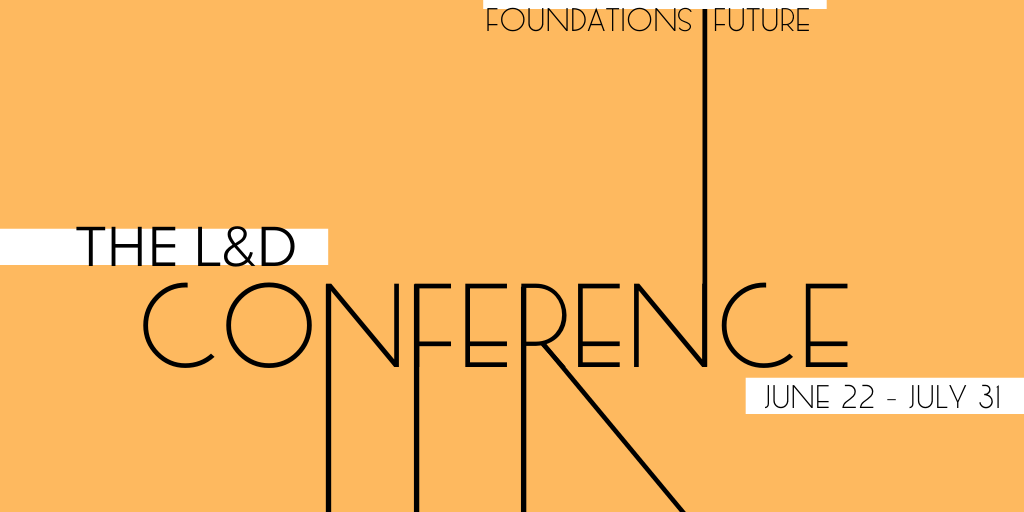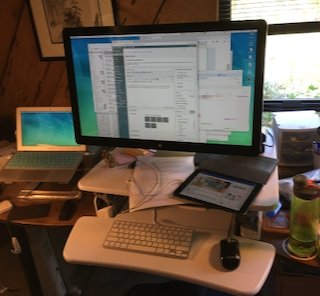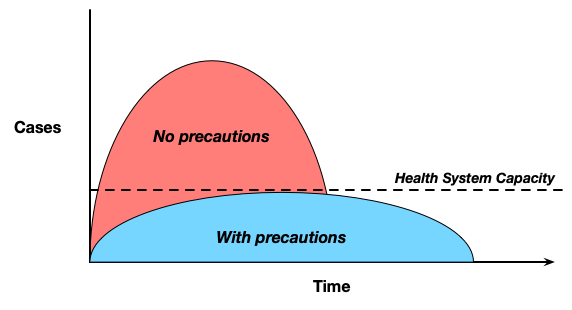 I recently wrote about two different interpretations of the term ‘learning engineering’. So when I saw another article on the topic, I was keen to read it. Except, after reading it, I thought what it was talking about was not learning engineering, or, at least, not all of it. So what do I mean?
I recently wrote about two different interpretations of the term ‘learning engineering’. So when I saw another article on the topic, I was keen to read it. Except, after reading it, I thought what it was talking about was not learning engineering, or, at least, not all of it. So what do I mean?
I think this article goes wrong right from the title: Learning Engineering Is Learning About Learning. We Need That Now More Than Ever. And I’m a big fan of learning about learning! Though, typically, learning about learning (or as I like to call it, meta-learning) is for learners to learn about learning to be more effective. But I certainly believe instructors/instructional designers need to learn about learning. But is that what learning engineering is?
The article actually makes a great point: most instructors don’t, and should, be reviewing their teaching and improving systematically. Absolutely! That’s an important point. It’s part of prototyping, development, and testing. It’s part of learning engineering, for that matter, in either interpretation. However, two flaws. One, it’s not all of learning engineering, and it’s not just ‘learning’ about learning, it’s about doing. As in, learning about it and then applying that learning.
The article goes further, citing the importance of using models and data. Interestingly, the claim is that using the data isn’t the hard part, but using models is. And, again, I’m a big fan of models and evidence. And I talked much about how we need to provide models for learners as well as use models to guide our design. That is, experimentation is driven by theory and theory fills in gaps. So I’m all for it.
It’s just that this article claims that systematically reviewing what you’re doing and improving is the sum total of learning engineering. Learning engineering is applying learning science to the design of learning experiences, but it’s the design as well as the review. It is iterative, but it’s broader than just the course too. It’s about the technology, infrastructure, culture, and more. In either interpretation of learning engineering, it’s more than just being a reflective practitioner.
So, while I agree with the sentiment and specifics of the paper, I don’t agree with their construal of the term. Reviewing and refining is great, but it’s not learning engineering, or at least not all of it. I think we’re not yet done with the term, but I hope we can be clearer about what’s at stake. And, yes, I’m a bit pedantic on it, but there’re reasons for clarity. We do need more professionalism, but that’s easier when we’re conceptually clear.


